Conditions were not great. While the evening started OK, high cloud soon rolled in and of the eight 1000 frame .ser files I took, the best was the first taken. While
Session Data
- Date: 06/02/2025
- Time: 20:20 – 00:47 UT
- Seeing: III. OK – Moderate
- Transparency: III. Clear with slight haze
- Temp: 3 C,
- Air Pressure: 1034mb
- Humidity: 86%
- Dew Point: 1 C
- Wind Speed: 10 mph
- Average SQM: magn/arcsec^2
Scope: Altair 250mm RC f/8 Camera: ZWO ASI 183MM. Darks were only applies to the Deepsky targets observed here.
Lunar images are displayed North up and West to the left.
Deepsky images are North up and East to the left.
L64, Crater Descartes
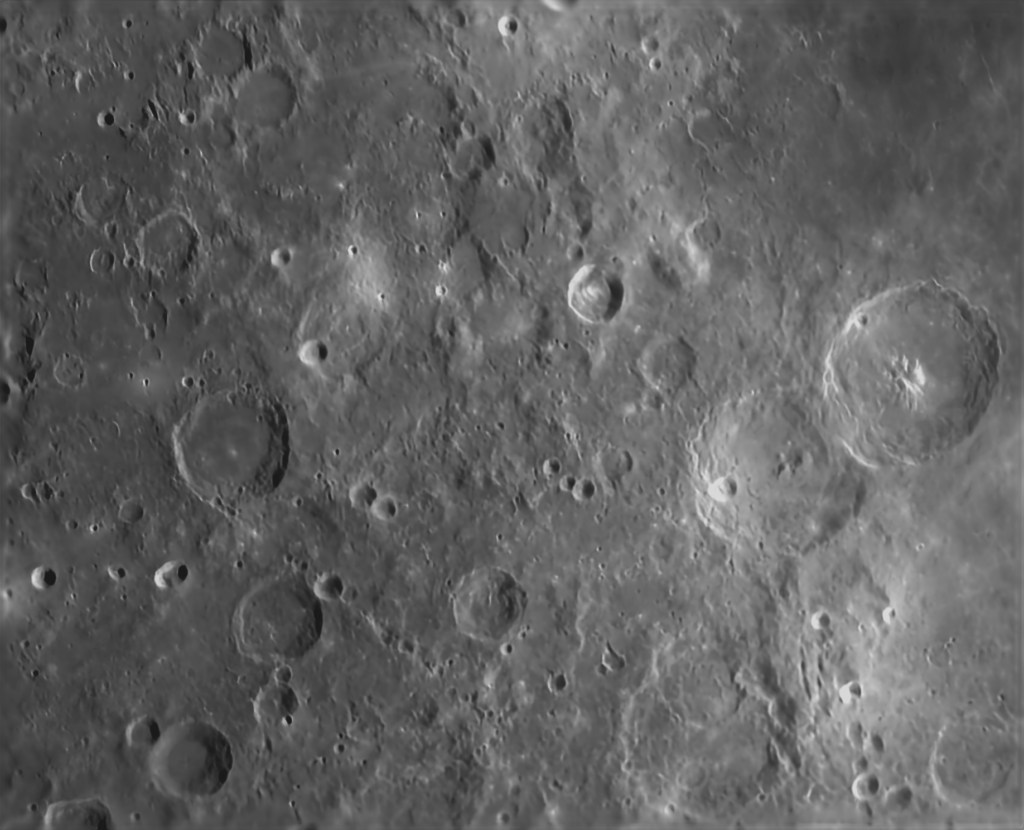
A 555 Km wide view with the 3 largest craters Theophilus, Cyrillus and Catharina in the West and Abulfefa to the West. To the NE of Abulfeda is the small and deep crater Descartes A which rests on the edge of our target, the crater Descartes.
Descartes’ rim is broken to the SE and appears quite flat to the North where it opens onto a 34km white patch between Dolland E and Descartes C. The western rim rises to 1200 metres, where the Eastern rim is 400 metres lower. This rough light patch was thought to have been volcanic domes. On the arrival of Apollo 16 it became obvious that this rock was ejecta possibly from the formation of the Imbrium or Nectaris basins.
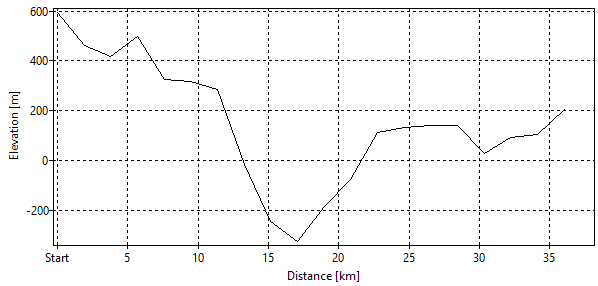
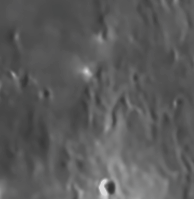
35km to the North and a little West is a very small, but very bright white patch. Is this a fairly recent small meteorite impact? A little to the West of this patch is the Stone Mountain ridge where Apollo 16 landed in April of 1971.
Within Descartes is what looks like another impact crater of about 24 km in diameter. At its centre is a small peak. However looking at a profile plot this peak is is a really deep hole.
The other really interesting feature is the long line of what look like craters extending from the Southern rim of Abulfeda and extending for over 210km to the Southwest. This is meteoritic impact chain of Catena Abulfeda
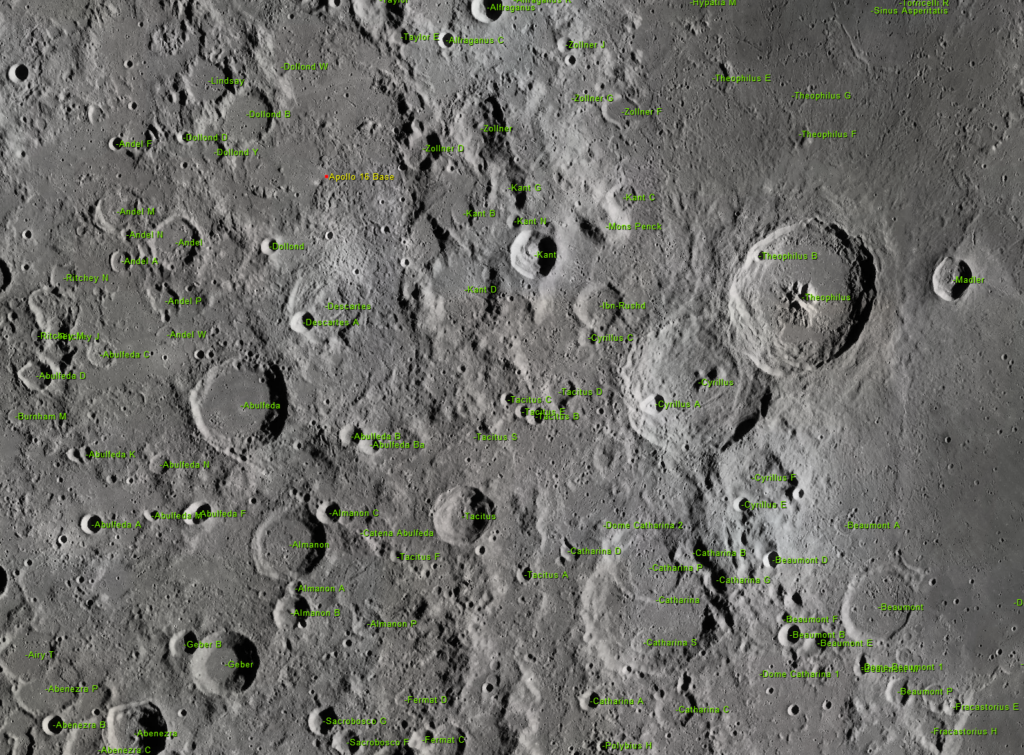
Using the measuring tool on VMA I’m not resolving any object smaller than about 3km.
Asteroid 15 Eunomia
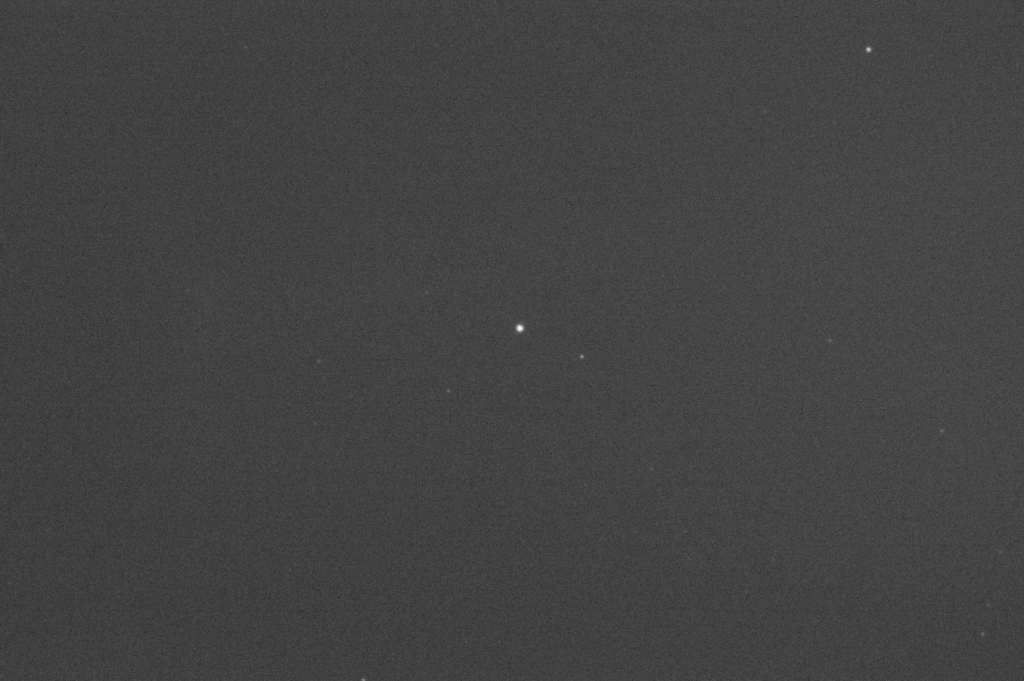
I did get about 30 frames of this, but all suffered from cloud in some form or other, so this is just a single 15 second sub. I did try blinking the first and last of the subs but in those 7 minutes I could not detect any movement of this asteroid.
Total Integration Time: 15 sec
HT41, NGC2440
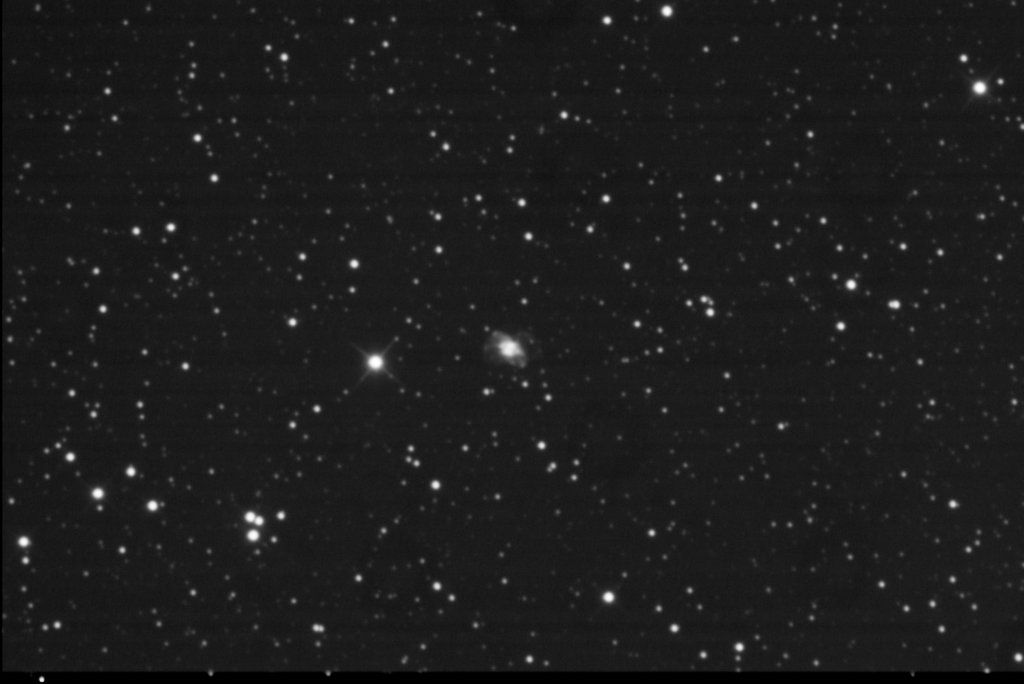
Located roughly 8.5 degrees Northwest of Rho Pup in Puppis.
The bright core is messy and contains what looks like four fuzzy bright blobs of light that are just starting to merge. To the East is an expanding ball of ionised gas and dust extending out to 33 arcsec. The same is happening out to the west, but this isn’t as bright and well defined and you can really only see the Northern edge of it.
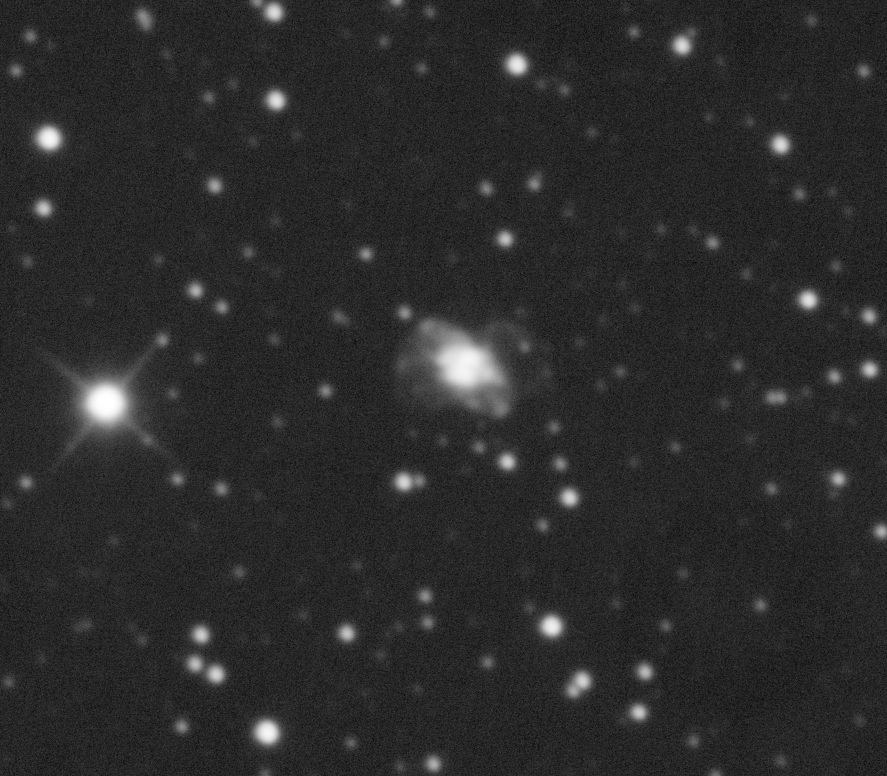
This nebulosity extends a little to the Southwest and it does look like a bumblebee that is flying out of the image. 3 arcmins to the East is the 8.4mag star HD62167.
Total Integration Time: 330 sec
HT51, NGC2903, NGC2905
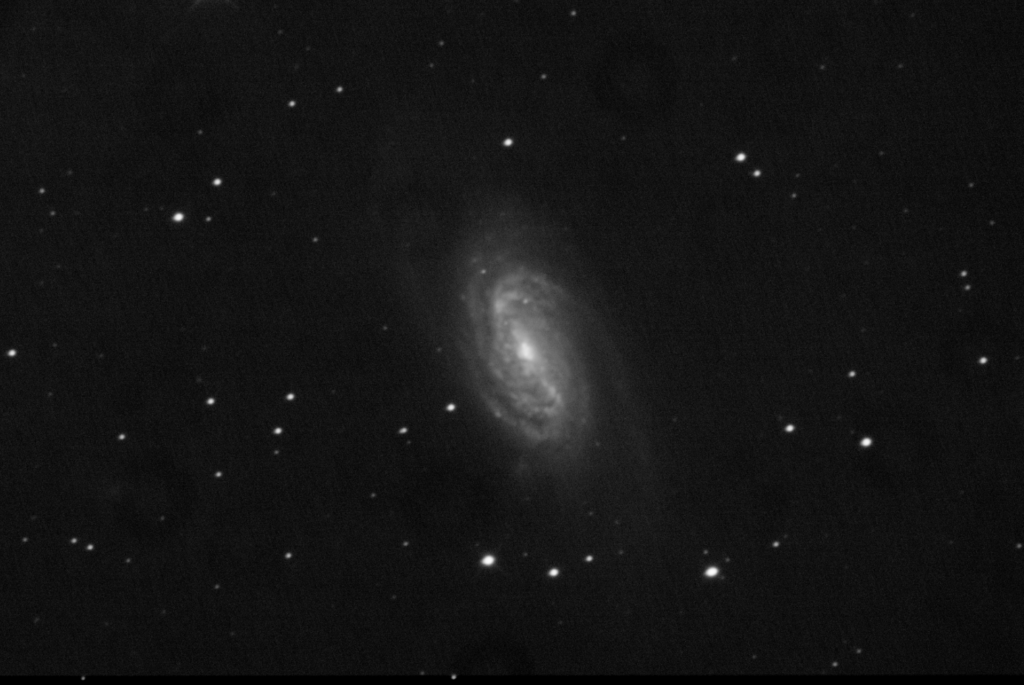
Located near 4 degrees Southwest of Epsilon Leonis in Leo.
On first glance all you see here is a single SBbc galaxy oriented NE-SW. The core is not stellar but is elongated in the same orientation as the galaxy itself. The bar is about 2 arcmin long and from each end a number of spiral arms extend out giving the impression of a galaxy that is rotating anticlockwise.
The spirals are quite tightly bound but you can see two bright ones extending from the Northern section of the bar and maybe three from the Southern end.
The outer spirals of both ends , while faint, look as though they extend out to nearly 6 arcmins from the core.
According to W Herschel, he seemed to think he saw two objects on the night of 16, November 1784. On reading this up in Wolfgang Steinicke’s Book ‘Observing and Cataloguing Nebulae and Star Clusters’ on page 45 is a table titled 15 ‘double nebulae with joined nebulosity’ Object I 56 is listed as NGC2903 and object I 57 NGC2905 as a distinctive HII region (a bright knot that can be seen one of the Northern arms) in NGC2903. It wasn’t until 3, March 1846 when Lord Rosse observed both of Herschel’s targets as ‘a tendency to an annular or spiral arrangement’ where he presumably starts to think that this is really just one structure and not two.
Total Integration Time: 555sec
NGC3226, NGC3227
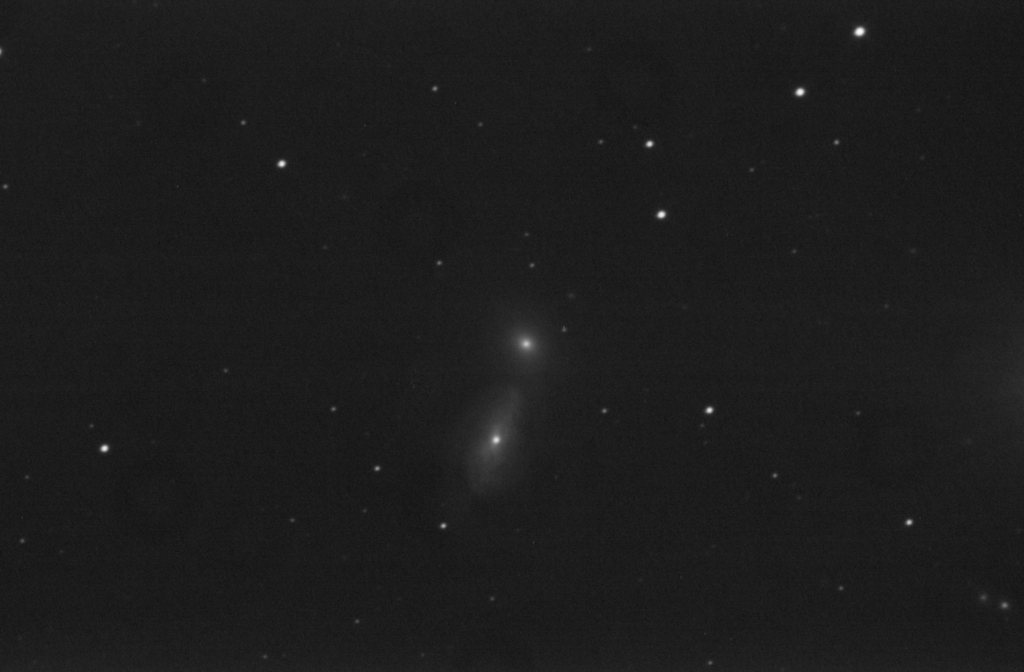
Located 50 arcmin East of Gamma 2 Leo.
One of the things I like about Skytools 4 is the Interactive Atlas. Because of the way that the program integrates so many object catalogues and allows a lot of them to be displayed at the same time, you can just scroll around an object and see what else is in the local neighbourhood. Just 12 degrees to the East and a little south of NGC2903 are this little pair.
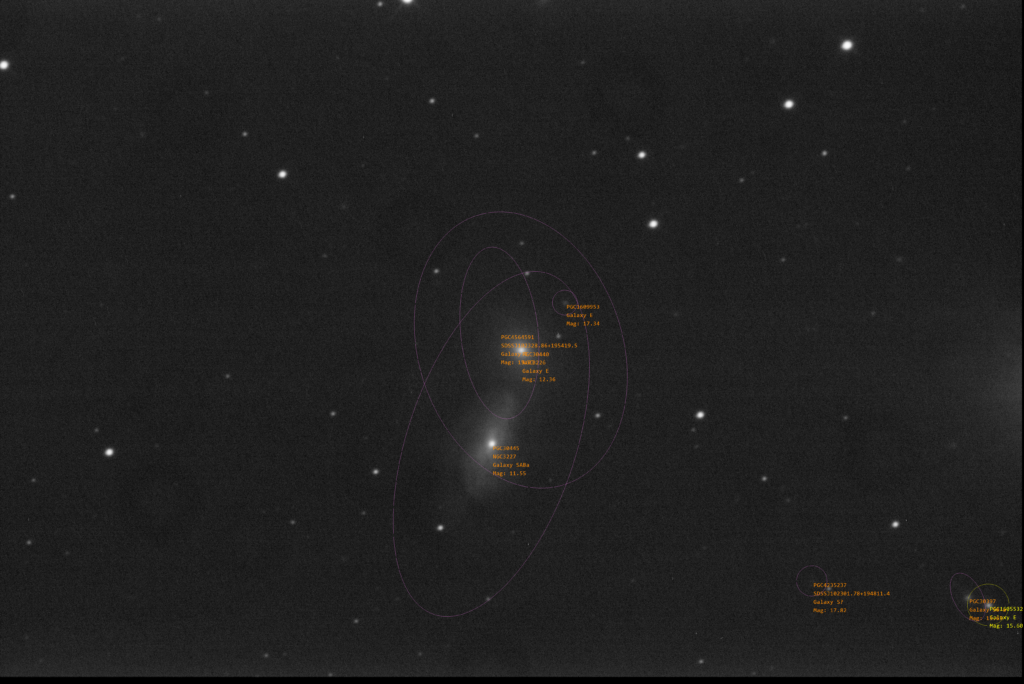
NGC3226 is an elliptical at 12.9 mag. It has a bright core and is slightly oval running in a NE – SW orientation. I estimate the size at about 2 arcmin.
The other is NGC 3227, a SABa Intermediate spiral 10.8 mag. This looks to be almost face on, with the concentration of the outer core aligned in a NW-SE orientation. The northern spiral arm is the more prominent and extends to 2 arcmins as it curls round towards the Southeast.
Distances for these two are NGC 3226 22.4 Mpc and NGC3227 19.8 Mpc, so I guess these are fairly close neighbours.
I’m also picking up two galaxies PGC1605532 15.6 mag and PGC1609953 17.3 mag in this frame.
Interestingly on this night, the asteroid 92 Amphitrite that I had observed a week earlier on 31, January, was passing roughly between these two separate observations
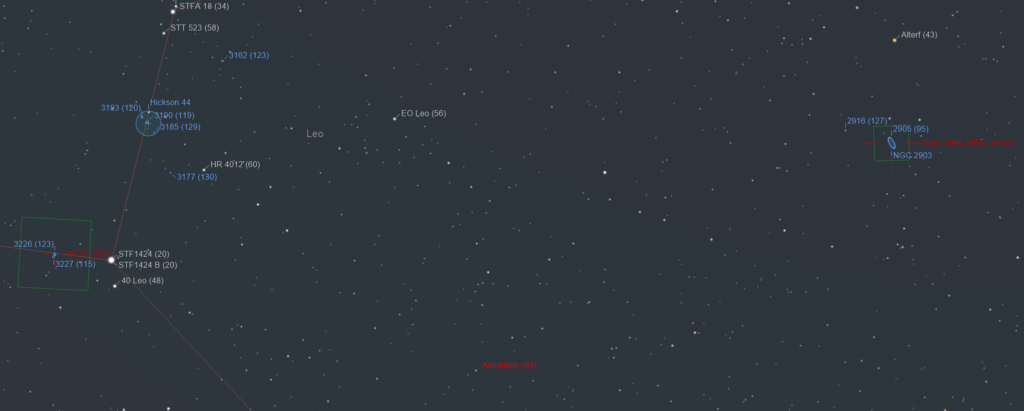
Total Integration Time: 225sec